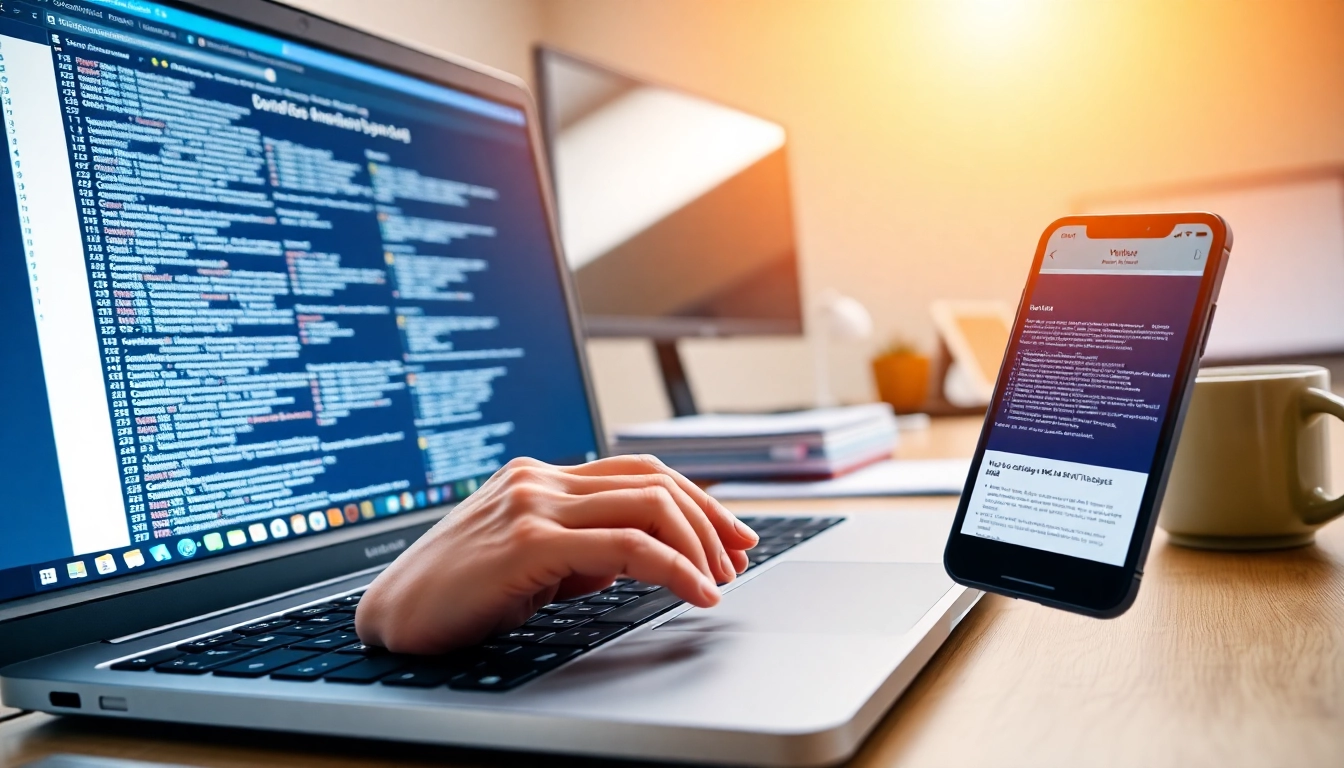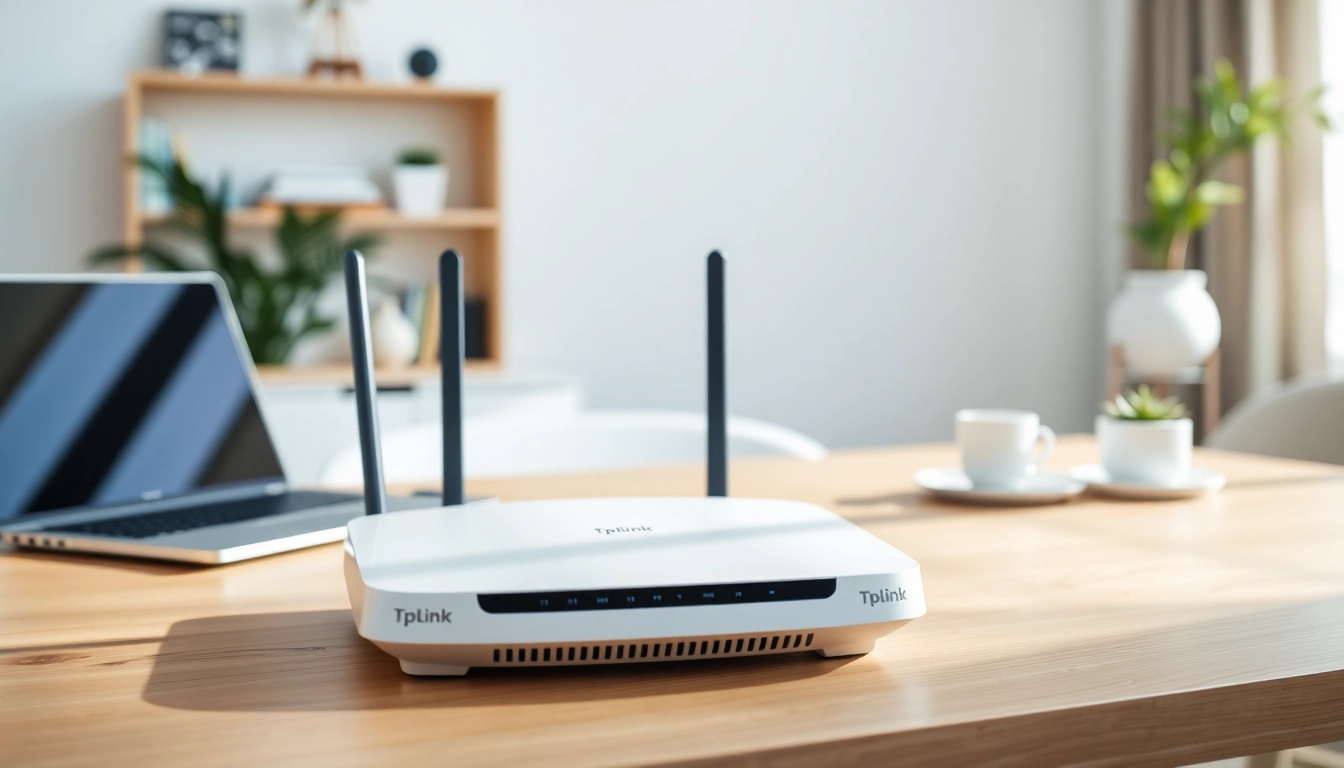Understanding Screenshot API
What is a Screenshot API?
A screenshot api is a powerful tool that allows developers and businesses to programmatically capture screenshots of web pages in real-time. By using advanced technologies and browser rendering capabilities, a screenshot API provides an efficient way to capture images of any website, ensuring accuracy and quality. Unlike traditional methods that may require manual intervention, an API automates the process, making it faster and more reliable.
How Screenshot API Works
The operational mechanics of a screenshot API involve several layers of technical expertise. Generally, these APIs utilize headless browsers, which can render web pages without a graphical user interface. When a request is made to the screenshot API, it processes the URL provided, loads the page using the headless browser, and captures the visible content as an image. The result can be delivered in various formats, such as PNG or JPEG, based on user preferences.
When integrating a screenshot API, developers typically need to configure endpoints, set parameters like image dimensions or format, and manage authentication. This level of customization ensures that the output meets the specific requirements of the user or application.
Benefits of Using a Screenshot API
Employing a screenshot API has numerous advantages:
- Automation: By automating the screenshot capturing process, organizations can save time and reduce human error.
- Consistency: A screenshot API ensures consistent image quality and format, which is vital for branding and user experience.
- Scalability: Businesses can easily scale their screenshot requests according to their needs, capturing multiple pages at once without manual effort.
- Real-time Updates: As web pages update, the API can be programmed to capture the latest versions, ensuring information remains current.
- Versatile Applications: From QA testing to marketing, screenshot APIs serve a range of use cases that enhance productivity and efficiency.
Key Features of a Screenshot API
Image Formats Supported by Screenshot API
One of the key features of a screenshot API is its support for various image formats. Common formats include:
- PNG: Ideal for lossless images with transparent backgrounds.
- JPEG: Perfect for photographic images where file size is a concern, offering a good balance between quality and compression.
- PDF: Useful for generating documents that include screenshots along with annotations.
- WebP: An emerging format from Google that provides superior compression and quality, making it a great choice for web use.
Customization Options Available in Screenshot API
Most screenshot APIs offer extensive customization options to cater to specific needs:
- Viewport Size: Users can specify the dimensions of the browser window to capture screenshots tailored to specific devices.
- Delay Time: This allows the page to fully render before the screenshot is taken, preventing cut-off content.
- Full Page vs. Visible Area: Users can capture the entire page or just the part that is currently visible on the screen, depending on their needs.
- Watermarking and Annotations: Some APIs allow the addition of watermarks or annotations to screenshots for branding or clarification purposes.
Integration with Other Tools and Services
The integration capabilities of a screenshot API significantly enhance its utility. Developers can connect these APIs with various software tools and platforms, such as:
- Content Management Systems (CMS): Automate documentation and visual content for websites.
- Continuous Integration (CI) Tools: Use screenshots in testing pipelines to verify UI changes with new releases.
- Reporting Tools: Create visual reports for analytics and performance assessments.
- Social Media Platforms: Generate quick previews of web content to be shared across channels.
Implementing a Screenshot API
Step-by-Step Guide to Setup
Setting up a screenshot API can be straightforward if followed step-by-step:
- Choose Your API Provider: Research different screenshot API providers based on features, performance, and pricing. Sign up to obtain an API key.
- Review Documentation: Thoroughly read through the API documentation provided by your chosen service to understand its capabilities and functions.
- Make Your First Request: Use a simple code snippet to make your first API call. Usually, this is done through a simple HTTP request.
- Customize Settings: Adjust parameters such as image format, size, and any optional features you wish to implement.
- Integrate with Your Application: Connect the API with your existing applications or platforms according to business needs.
- Test and Refine: Capture test screenshots to evaluate quality and adapt your integration as necessary.
Common Challenges in Implementation
While integrating a screenshot API, users may encounter several challenges:
- Authentication Issues: Ensure API keys are correctly configured and not expired.
- Rate Limits: Most providers impose limits on the number of requests. Plan your API calls to avoid hitting these ceilings.
- Rendering Problems: Ensure that pages render completely before taking screenshots, as fast loading times might lead to incomplete captures.
- Network Failures: Implement robust error handling to manage requests that may fail due to network issues or other disruptions.
Troubleshooting Tips for Screenshot API
For common challenges, consider these troubleshooting tips:
- Check error messages in the API response for specific issues or results.
- Test API calls with known good URLs to isolate whether issues are with the API or the target site.
- Adjust timeout settings if screenshots are not capturing, as certain pages may take longer to load.
- Explore community forums or support channels offered by your API provider for specific inquiries or troubleshooting help.
Use Cases for Screenshot API
For Web Developers
Web developers leverage screenshot APIs to streamline various processes:
- Visual Regression Testing: Automate the visual testing of UI components to ensure that design remains consistent across iterations.
- Documentation: Quickly generate screenshots for technical documentation or user manuals to illustrate features effectively.
- Debugging: Capture the visual state of a web application during different scenarios to assist in diagnosing and resolving issues.
In Marketing and Advertising
Marketing teams utilize screenshot APIs to enhance their strategies:
- Content Creation: Generate visual content that can be used for blogs, social media, and email campaigns.
- Competitor Analysis: Capture screenshots of competitors’ web pages for insights into industry trends and user experience improvements.
- Ad Testing: Validate the accuracy and appearance of advertisements by capturing visuals before and after deployment.
For Quality Assurance Testing
Quality assurance teams benefit greatly from implementing screenshot APIs:
- Automated Testing: Integrate screenshots in test cycles to monitor changes and ensure quality standards are maintained.
- Anomaly Detection: Use captured images to detect changes in UI elements, ensuring that all updates align with design specifications.
- Report Generation: Produce reports that include visual elements, making it easier to communicate findings to stakeholders.
Measuring Performance with Screenshot API
Key Metrics to Track
When using a screenshot API, it’s crucial to monitor specific performance metrics:
- Response Time: Measure how quickly the API responds to requests, ensuring it meets user expectations.
- Success Rate: Track the number of successful versus failed screenshot requests for assessing reliability.
- Image Quality: Evaluate the fidelity of captured images in terms of resolution and clarity.
- API Usage: Monitor usage patterns to optimize API calls and improve performance.
Analyzing Results for Improvement
Regular analysis of these metrics can lead to actionable insights:
- Identify patterns in high failure rates and adjust configurations accordingly.
- Optimize API usage by determining peak request times and scaling resources to handle demand.
- Solicit user feedback on image quality and ensure that the API aligns with visual branding requirements.
Case Studies and Success Stories
Numerous organizations have successfully integrated screenshot APIs, leading to significant operational improvements:
- Automotive Sector: Automotive websites have used screenshot APIs to generate real-time visuals for user comparison tools, significantly improving user engagement.
- Financial Services: Finance companies have automated the procedure of generating visual reports for clients, providing transparency and detailed insights.
- E-commerce Platforms: E-commerce brands employ screenshot APIs to capture product pages, ensuring images are always up-to-date and appealing to customers.



